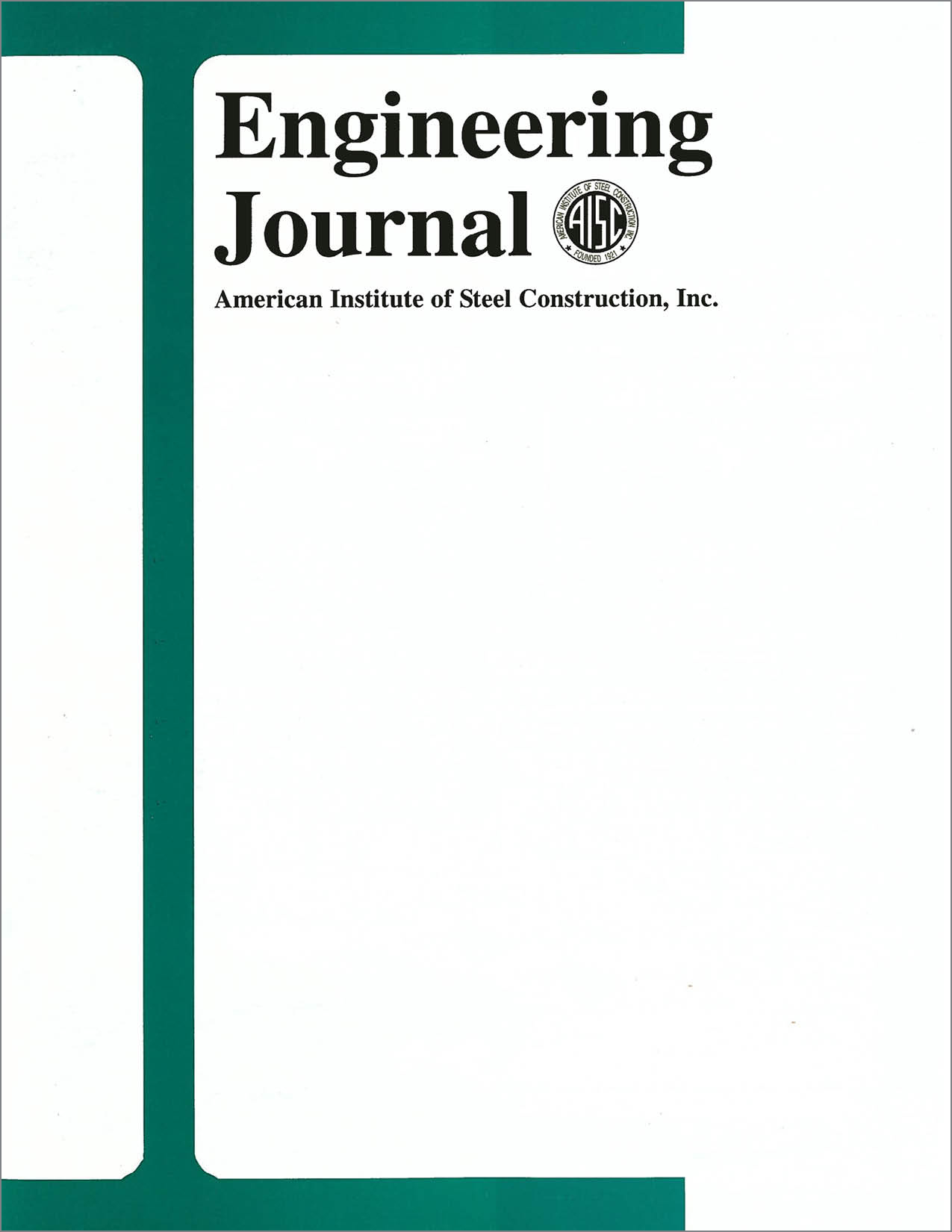Fundamentals of Beam Bracing
DOI:
https://doi.org/10.62913/engj.v38i1.750Abstract
The purpose of this paper is to provide a fairly comprehensive view of the subject of beam stability bracing. Factors that affect bracing requirements will be discussed and design methods proposed which are illustrated by design examples. The design examples emphasize simplicity. Before going into specific topics related to beam bracing, some important concepts developed for column bracing by Winter (1960) will be presented because these concepts will be extended to beams later. Two general structural systems are available for bracing beams, lateral systems and torsional systems. Torsional bracing is less sensitive than lateral bracing to conditions such as top flange loading, brace location, and number of braces, but more affected by cross-section distortion. In the 1999 AISC-LRFD Specification (AISC, 1999), stability bracing requirements are specified for the first time for frames, columns, and beams. The research and recommendations presented in this paper provide a background and commentary for the beam bracing provisions that were adopted in that Specification.

